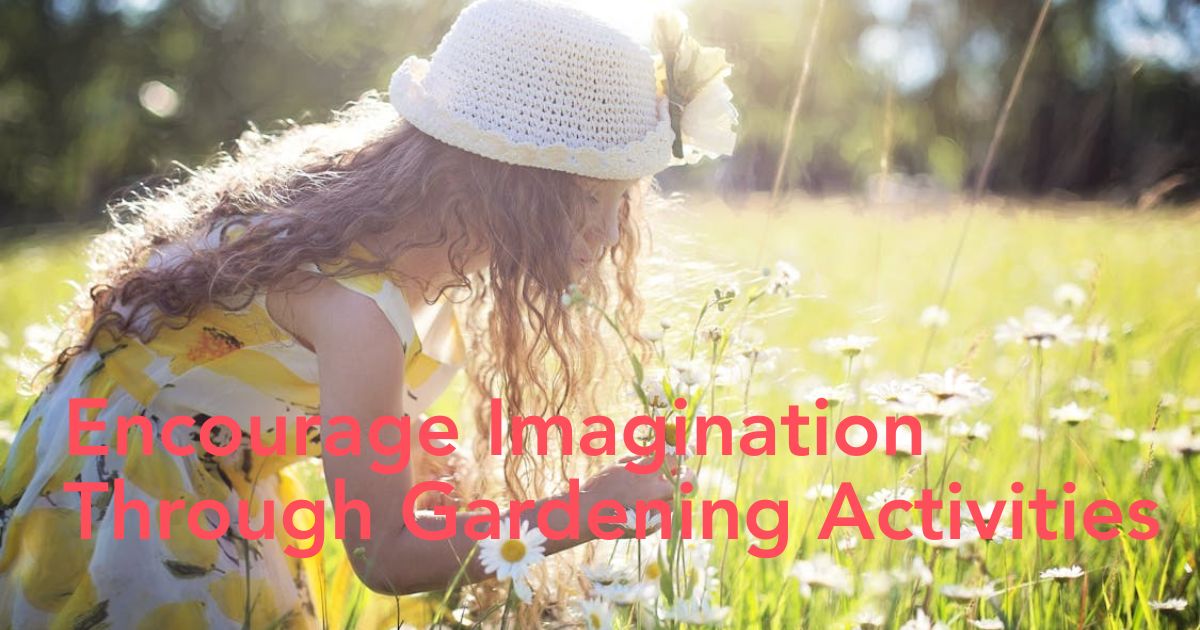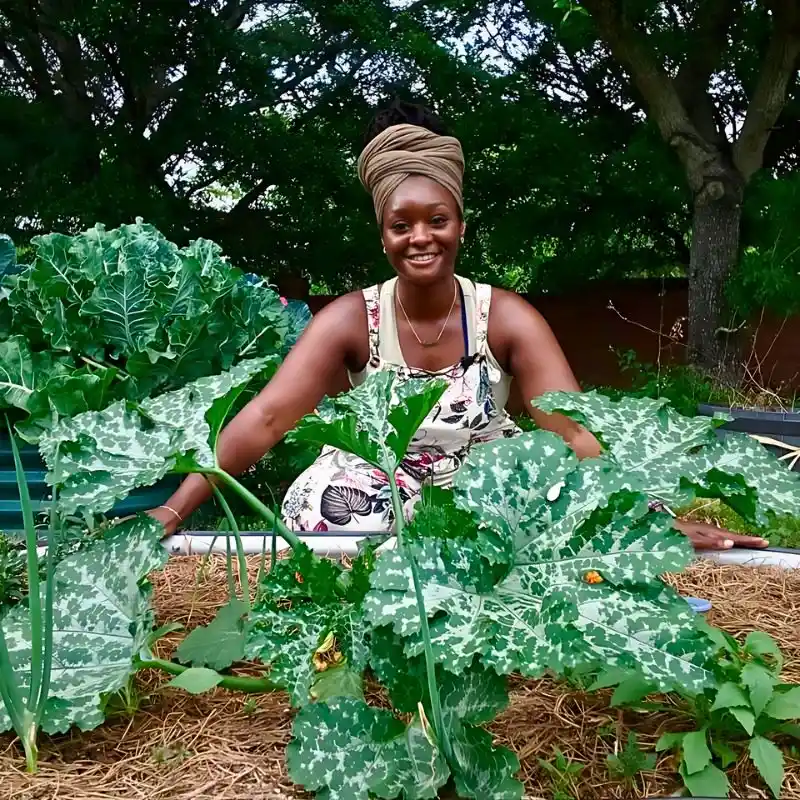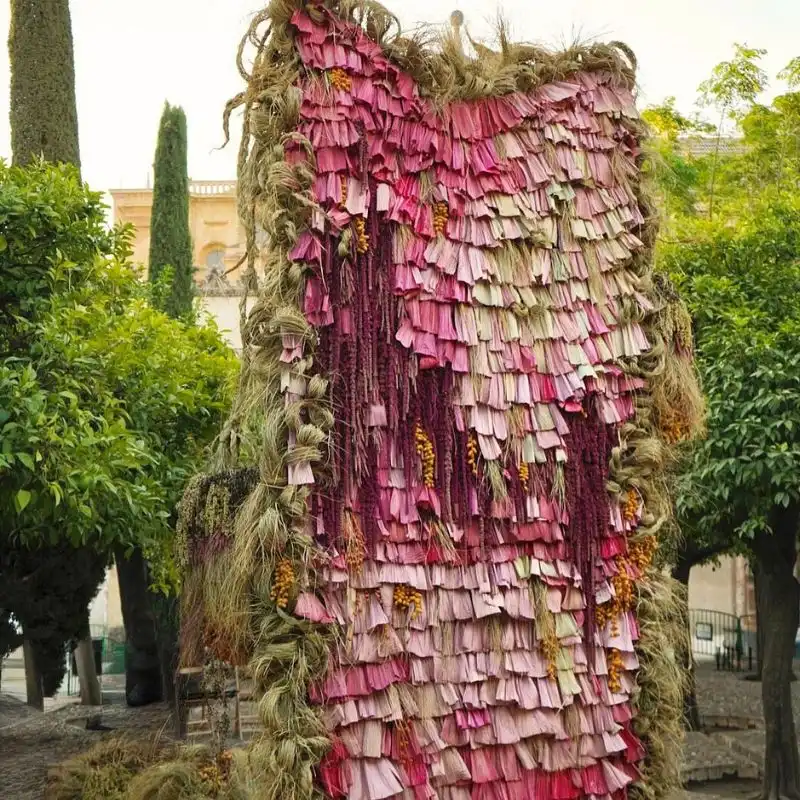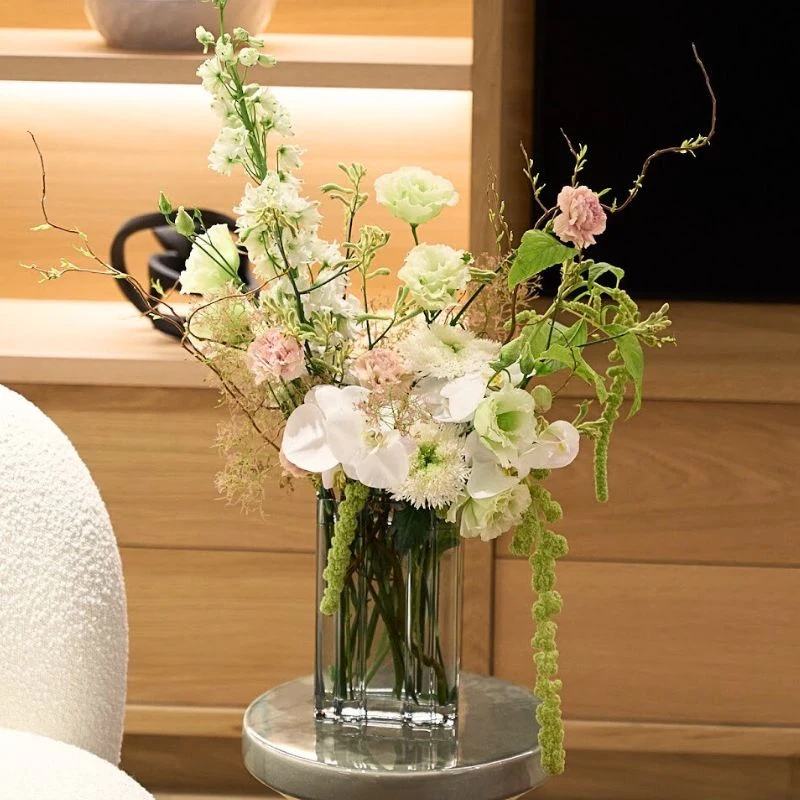With their stunning colors and textures, flowers can be a captivating presence in any yard or house. Introducing kids to the magic of flowers can help nurture an ongoing love of beauty and the natural world. Yes, letting kids help with planting and weeding can help them develop a stronger work ethic. But connecting flowers with other fun activities can open kids up to imaginative play and a sense of engagement they’ve never experienced before.
If you’re a teacher or parent, you’ve come to the right place. Read on to learn about seven exciting ways to spark a child’s love of flowers!
You can find more knowledge here: 7 Easy Plants for Kids to Grow and Have a Blast in Your Garden

1. Allow Kids to Start Their Own Seeds
Kids can feel an amazing sense of pride and ownership when they start growing something. Watching a seed sprout a green stem and tiny leaves after a few days of care can be invigorating. Kids can learn how watering, observation, and patience contribute to growth. Marigolds and zinnias are great options for kids to grow, too, since they grow more quickly than other types of plants, and they reward kids with vibrant blooms.
To expand the project, use labeled flower pots and place them in slightly different lighting scenarios. Then, ask kids to chart growth changes in a notebook over the course of a week or two. Kids as young as preschoolers can begin to see how light and temperature affect growth. Best of all, kids will feel like they’re overseeing their plant’s growth, giving them ownership of the project.
2. Do Sensory Activities
Flowers are known for their beauty, making them an opportune resource when it comes to sensory play activities for kids. Younger kids may enjoy sorting flowers according to their color, size, or the shape of their leaves, for instance. Similarly, learning how to describe flowers can be a great exercise in developing vocabulary. How does a rose smell? How does a flower feel? Tossing out these questions can invite descriptive words from toddlers and preschoolers.
Have kids remove the petals of flowers and gather them into a bowl. Add some water to create visual splendor through flower soup. To extend this project, collect the petals and water into jars to create perfumes that will contribute to a delightful sensory experience and create stronger connections with nature. This can be a great project for a birthday party. Kids will enhance their sense of curiosity and learn the value of following a process to take flowers from the natural world and find new uses for them.

3. Enjoy and Create Flower-Themed Books
Flowers can spark imaginative storytelling and learning. That’s why they’ve been the subject of so many great picture books, like Eric Carle’s The Tiny Seed. Gathering and reading these books can be a great way for students to start developing creativity and appreciation for the natural world.
Creating your own book with a plot centered on your child can be a fun extension of reading, too. Maybe your child can be the lead gardener at a vegetable farm, or an explorer on the hunt for rare flowers across the country. Developing your own story can make reading even more engaging. Visit the official site of Make a Book to get started!
4. Go On a Flower Adventure Together
You can reinvent your backyard garden as the site of an adventure with a little imagination. Turn your garden into a flower safari where every flower becomes an educational tool. Even if you don’t have a flourishing garden at home, you can use a community garden or a garden at a local park instead. Give your kids an official safari hat, magnifying glass, notebook with pencil, and bug viewer to elevate the excursion. Ask them to look for birds, like hummingbirds and blue jays, or butterflies.
Turnt your attention to the role of pollinators and how they can help gardens thrive. Discuss how pollinators contribute to flower and food growth, and why they are essential. Then look into ways gardens and gardeners are working to create habitats for pollinators, like bees, to encourage their presence. When children can learn about the components of the natural world and understand the critical role each one plays, they’ll hone their critical thinking skills and respect the natural world.

5. Do Flower Projects
Kids love doing crafts, and flowers can be an easy addition to your next project. Flower pressing, for instance, involves flattening petals and stems using pressure from books or other heavy objects. After a week or so, the flower will be flat and ready to use in anything from holiday cards to framed art.
Kids can turn the blooms of flowers into crowns that they wear on a summer day. They can apply ink or paint to flowers and press them onto paper to make prints. Or they can collage flower petals together to make their own art. These tactile activities are a wonderful way to encourage creative thinking.
6. Develop an Indoor Garden
If you’re short on outdoor space for a garden, that’s okay. Or if the climate where you live doesn’t permit year-round outdoor gardening, you can construct an indoor garden that keeps your kids entertained. Use a collection of pots where you plant pothos or peace lilies to bring some natural beauty inside.
You can let kids decorate the pots to tap into their creative sensibilities. Then assign responsibilities to your kids to keep the plants happy. Let your kids track progress through a calendar or chart to teach responsibility. Your kids will develop patience and learn the value of being diligent about caring for their plants.

7. Experience a Flower-Focused Event Together
Total immersion in a flower-focused space, like a botanical garden or local festival, can be a game-changer for kids. They’ll be surrounded by beauty, lovely scents, and people who care about flowers. They’ll also be exposed to more flowers than they could be in a typical home garden.
Make the experience more interactive by letting your kids take photos of flowers or make drawings. Attend educational demonstrations and ask your kids questions so they’re always observing and thinking. At the end of the experience, create a collage, painting, or other project to remember the day.

Nurture Curiosity and Care
As a parent or teacher, you play a significant role in shaping how kids view the natural world. Simple activities like planting seeds, drawing pictures in your garden, or creating flower-based art can help your child develop a sense of awe toward natural beauty. Weave in some educational content about pollinators to help children see the value in caring for the plant life and creatures around them.









